US Open: With Andy Murray and Roger Federer battling injuries is this year merely a survival of the fittest?
Are the demands of modern tennis robbing the leading men of their fitness? Paul Newman spoke to a number experts to find out ahead of the tournament in New York
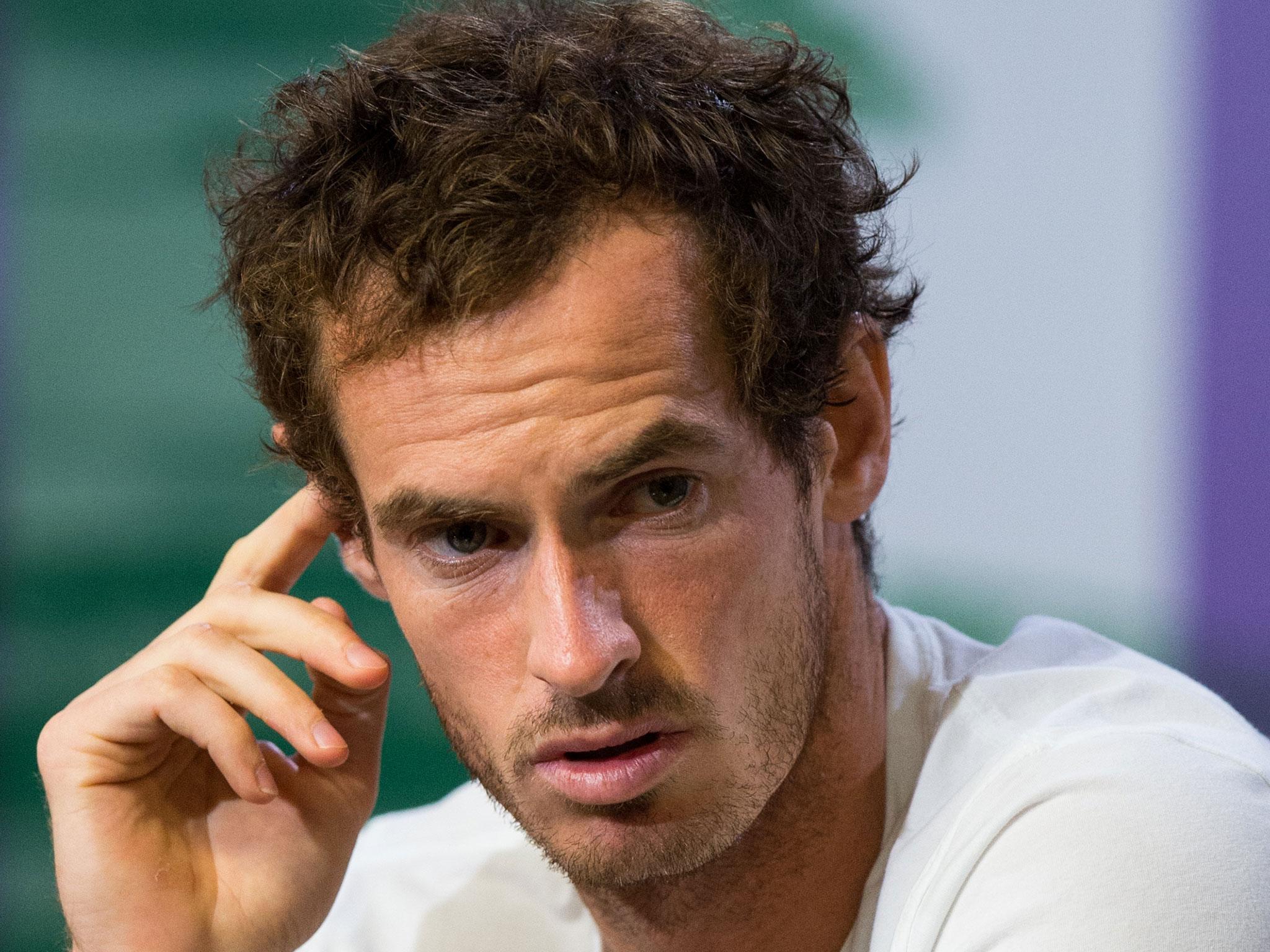
Your support helps us to tell the story
From reproductive rights to climate change to Big Tech, The Independent is on the ground when the story is developing. Whether it's investigating the financials of Elon Musk's pro-Trump PAC or producing our latest documentary, 'The A Word', which shines a light on the American women fighting for reproductive rights, we know how important it is to parse out the facts from the messaging.
At such a critical moment in US history, we need reporters on the ground. Your donation allows us to keep sending journalists to speak to both sides of the story.
The Independent is trusted by Americans across the entire political spectrum. And unlike many other quality news outlets, we choose not to lock Americans out of our reporting and analysis with paywalls. We believe quality journalism should be available to everyone, paid for by those who can afford it.
Your support makes all the difference.The US Open usually provides a rousing climax to the Grand Slam year but as far as the men’s competition is concerned next week’s tournament here is looking more like a survival of the fittest than a celebration of the finest.
Three of the world’s top 11 players - Novak Djokovic, Stan Wawrinka and Kei Nishikori - have already ended their seasons because of injury, while four more - Andy Murray, Roger Federer, Marin Cilic and Milos Raonic - have been nursing injuries which have disrupted their summer campaigns.
Murray, who has been dealing with a hip problem, and Cilic, who has an adductor injury, have not played since Wimbledon, while Federer and Raonic pulled out of last week’s Cincinnati Masters with back and wrist injuries respectively.
Are the demands of modern tennis robbing the leading men of their fitness? That might be too simple an explanation given that it has been only in the last 12 months that so many of the top players have succumbed to significant injuries, but there is evidence that the increasingly physical nature of the game is taking a toll on bodies.
Jez Green, who was a long-time member of Murray’s entourage and is now Alexander Zverev’s physical trainer, told The Independent: “The sheer physicality at the top of the game is astounding. To win matches and tournaments at the highest level demands super-human efforts, especially as the game is getting so fast.
“Also in order to win these matches the everyday training is brutal and relentless, which adds to the load on the body. You have to train harder than the matches to have any chance of winning these days.”
One of the consequences of today’s players becoming fitter and stronger is a rise in their average ages. For the first time in the history of men’s tennis the current top five in the rankings – Rafael Nadal, Murray, Federer, Wawrinka and Djokovic – are all over the age of 30. Federer, who has just turned 36, became Wimbledon’s oldest champion in the open era last month, while 31-year-old Nadal this week reclaimed the world No 1 position.
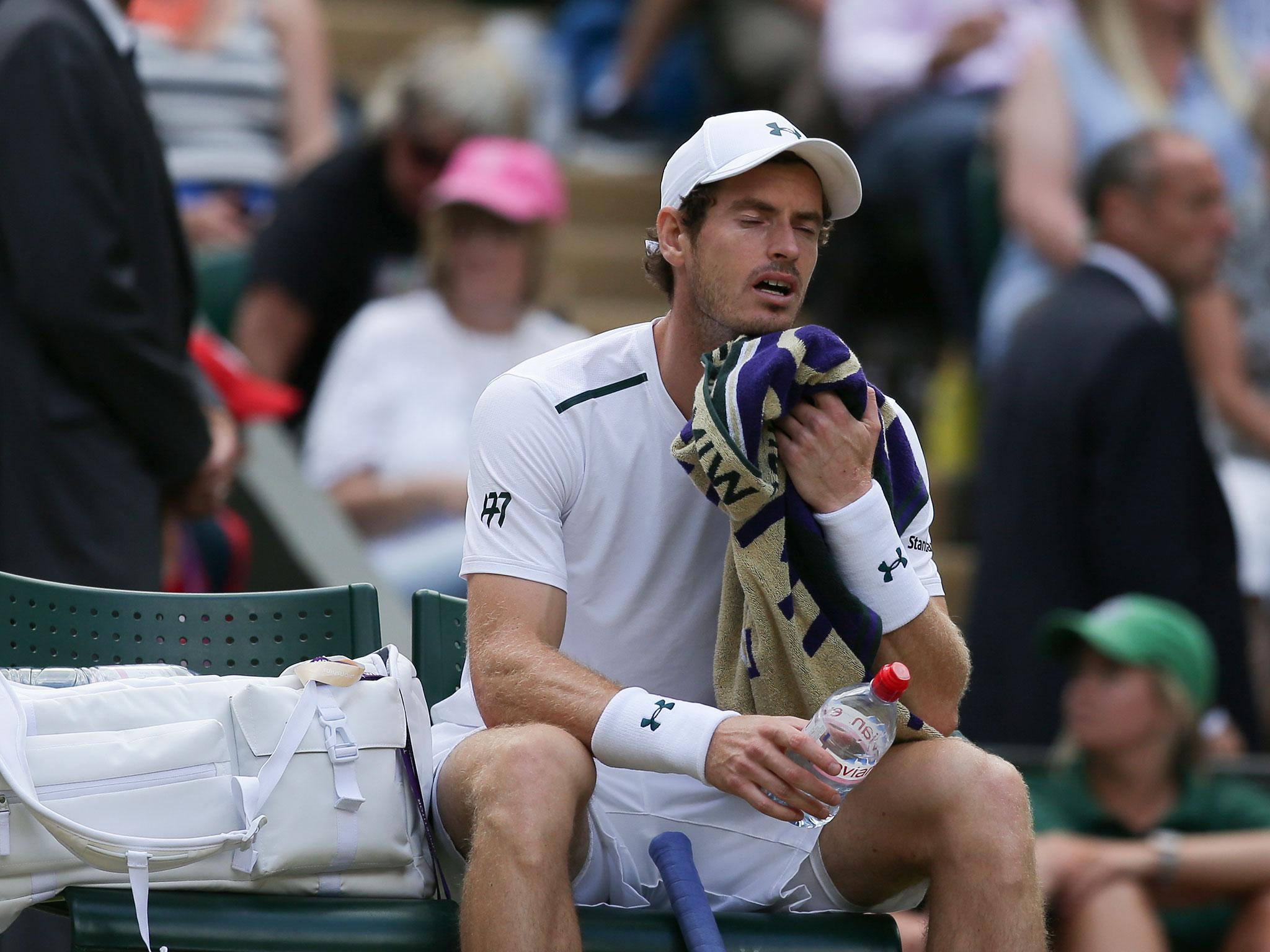
Today’s top players consequently have many more miles on the clock than most of their predecessors. Federer, Nadal and Wawrinka, for example, have all won Grand Slam titles as 30-somethings, while the likes of Bjorn Borg and John McEnroe did not win any beyond the age of 25. Boris Becker won the last of his three Wimbledon titles when he was 21.
Dr Stuart Miller, the Senior Executive Director for Integrity and Development at the International Tennis Federation, believes that age is inevitably a factor in increasing players’ susceptibility to injuries.
“In marathon training there’s only a certain amount of training that athletes can do because doing more is actually counter-productive,” Dr Miller said. “In a broad sense the same is true of playing tennis. The more you play the more your body is exposed to the physical load that playing tennis puts on you and therefore the more likely it is to break down over time and therefore result in injury.”
Nevertheless, today’s leading men tend to play fewer matches – maybe 70 a year – than their predecessors, while the Association of Tennis Professionals, which runs the men’s tour, has shortened the season. When Jimmy Connors played 97 matches in 1974, for example, his season began at the Australian Open, which started on 24 December, and ended in Johannesburg 49 weeks later.
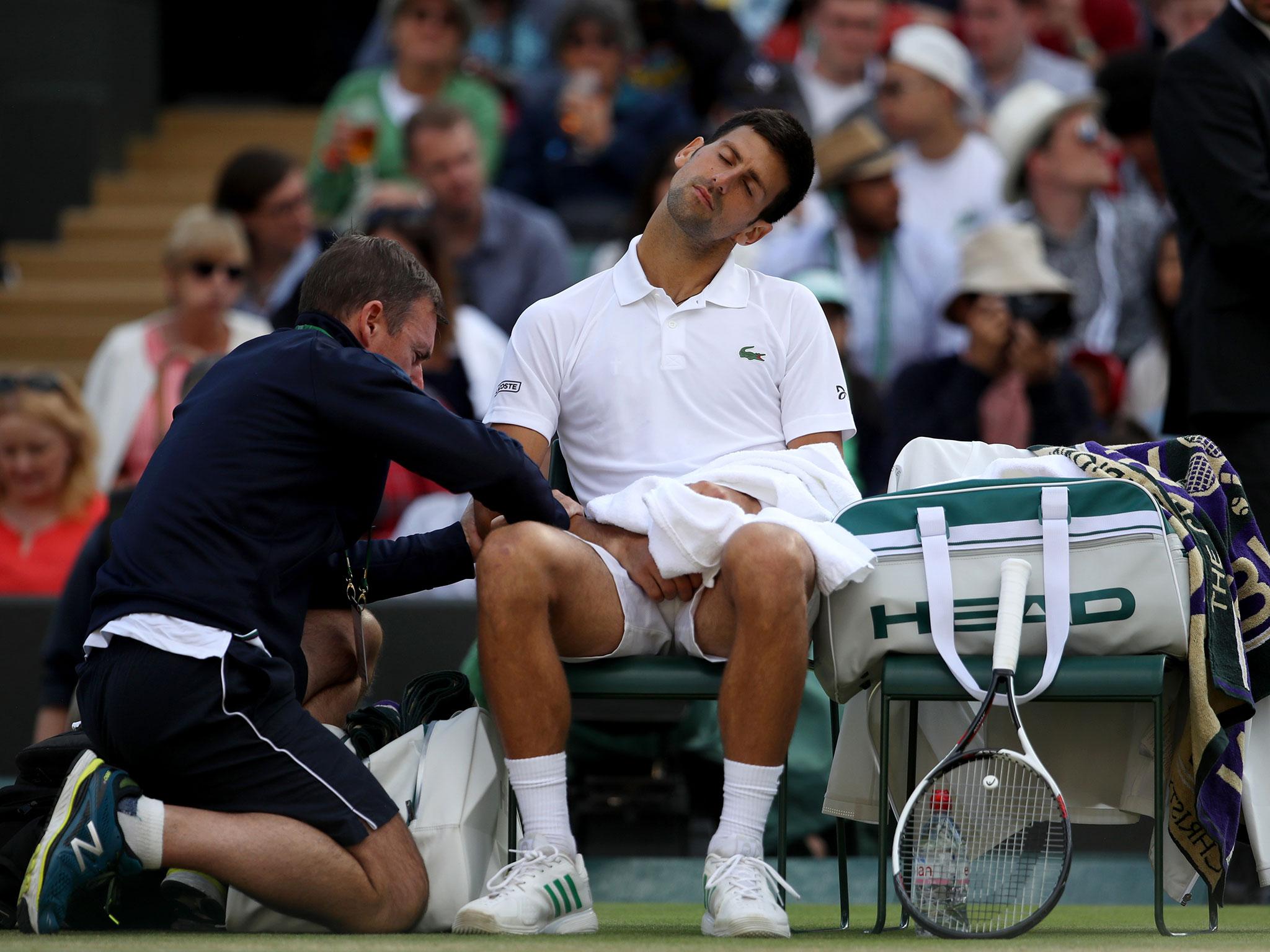
One of the most notable features of recent injuries among the top men is the prevalence of wrist and elbow problems. Djokovic has struggled with an elbow injury for the last 18 months, while Murray had a similar problem earlier this year. Nadal’s 2016 campaign was dogged by wrist trouble, which has also been the reason for Nishikori cutting short his 2017 campaign, and Juan Martin del Potro has struggled with wrist issues ever since he won the US Open in 2009.
Developments in racket and string technology appear to have contributed significantly to wrist, elbow, arm and shoulder injuries.
Modern rackets, which are made of carbon fibre composites, are lighter than the old wooden rackets but are much stiffer, which means that they do not absorb as much of the impact when a ball is struck. Similarly, modern synthetic strings have less flexibility than those made from natural gut. It is consequently much easier to hit the ball harder but each shot puts more stress on the body.
“The loads that are generated on the body when you hit the ball are very different to what they were when you had a wooden racket and gut strings, which were much softer and much more flexible,” Dr Miller said.
“When you hit the ball the impact travels down the racket in the form of a shock wave. That shock wave travels into the hand and then down the forearm, the elbow and the upper arm. And it’s that shock, that very sudden acceleration, which researchers think is what makes a significant contribution to upper arm exposure to injury.”
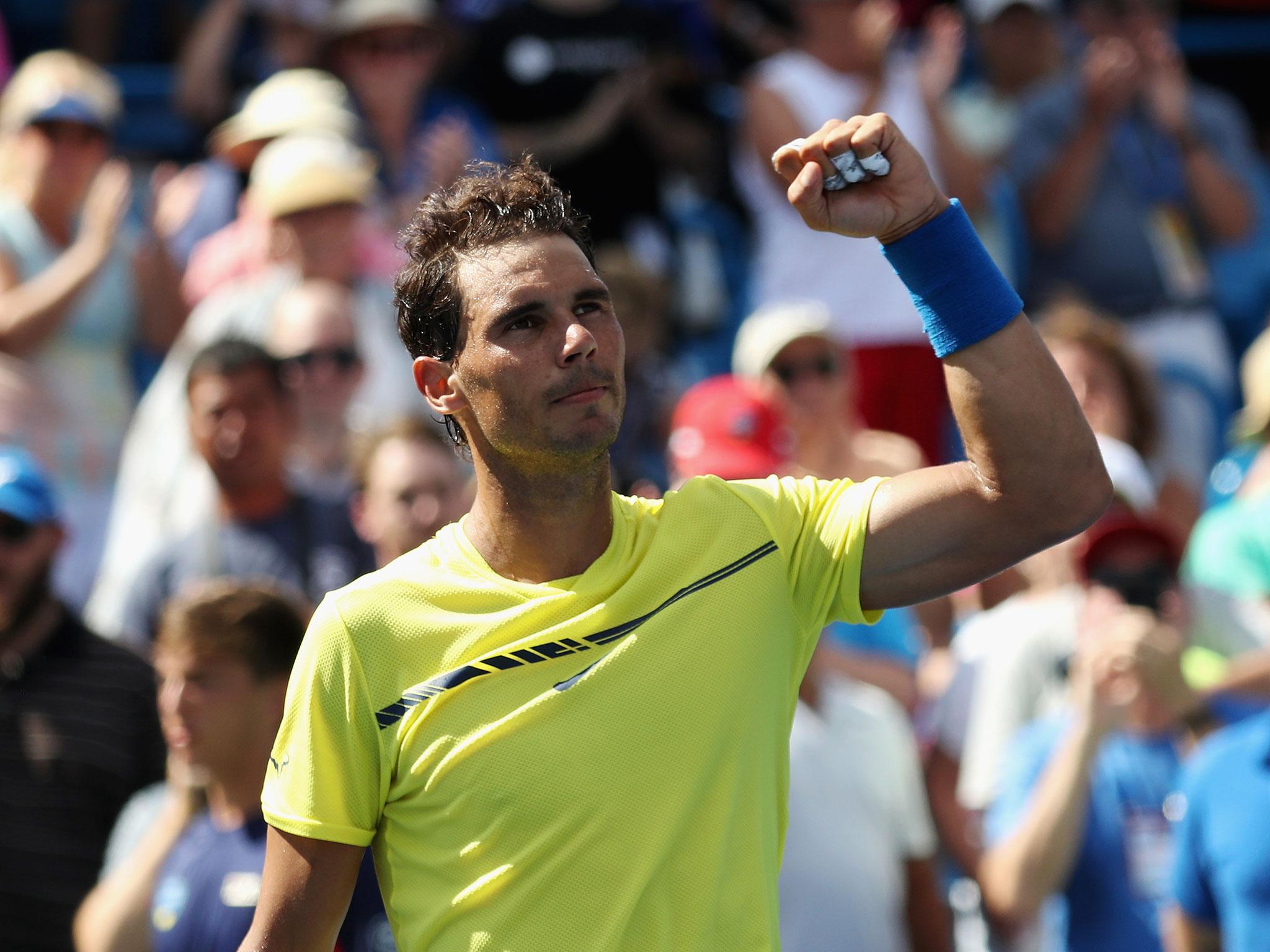
Nevertheless, technological changes do not all have negative impacts. Better cushioning in footwear, for example, has helped to lessen the potentially damaging effects of running on hard surfaces. More tournaments today are played on hard courts, which is a much less forgiving surface than grass or clay.
Dr Miller also pointed out that the technique of sliding on hard courts pioneered by Djokovic and Gael Monfils might be having some physical benefits. “Assuming that you don’t suffer a catastrophic ankle injury [by sliding on a hard court], it may be that it reduces the loads that are put on the body,” he said.
“The literature would appear to suggest that sliding absorbs some of the forces that would otherwise be put on to the body if you don’t slide. If the foot hits the ground and doesn’t move, the rest of the body has to absorb all of the impact.
“However, if you slide along the floor the friction that you generate dissipates the forces. It’s a way of reducing the amount of force that is put on the body. It all goes into the ground instead. That would to some extent be in favour of those surfaces that allow you to slide, but in recent years there’s a lot more sliding on hard courts than there was in the past.”
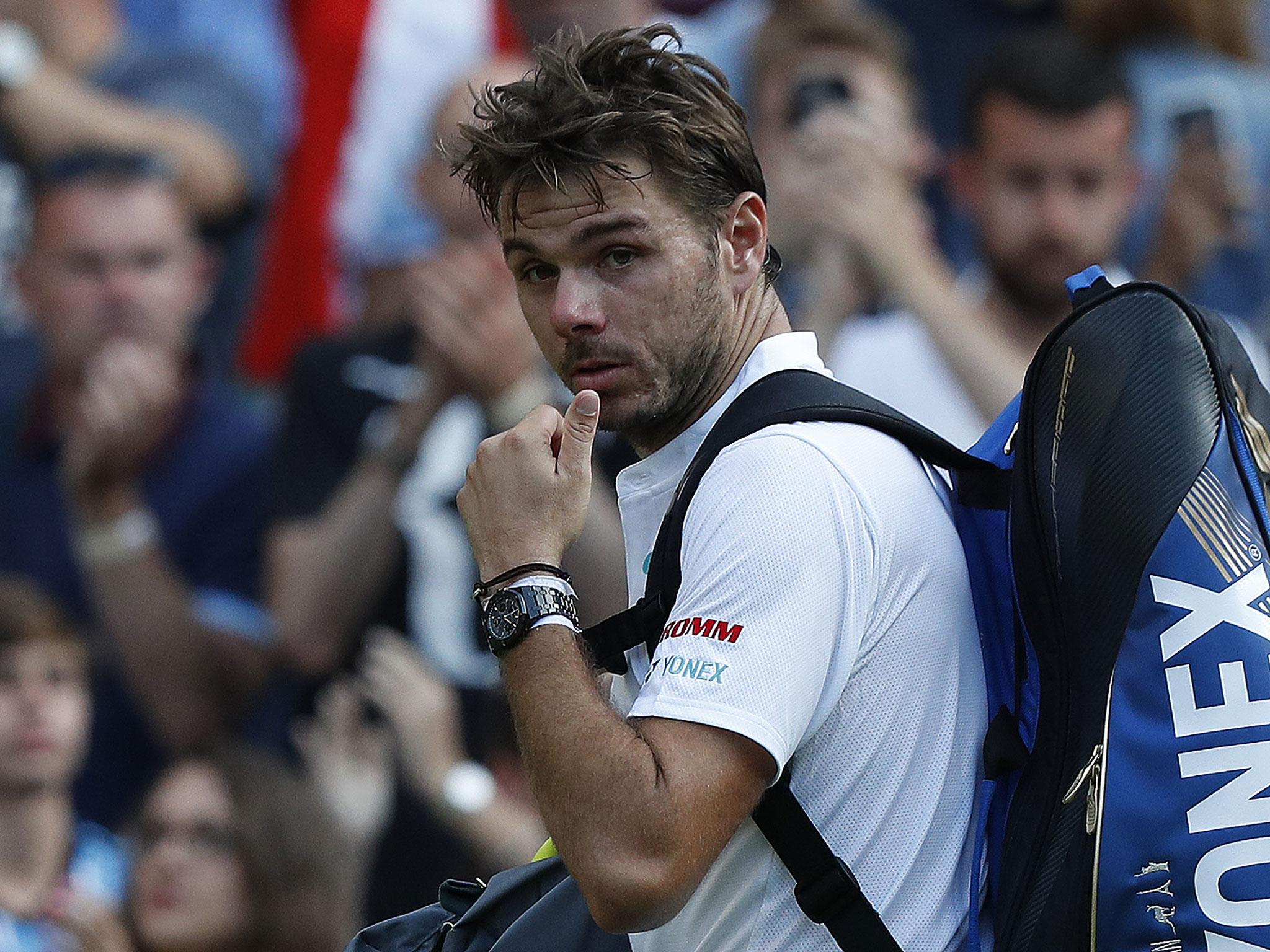
Dr Miller emphasised that he would be very wary of drawing any conclusions about long-term injury issues based on the present struggles of some of the top men. He pointed out that there had also been times in the recent past when all of the top men were in very good shape.
“You have to look over a longer period and at very large samples in order to be able to draw valid conclusions about long-term trends,” he said.
One recognisable trend, nevertheless, is the taking of prolonged periods away from competition to allow long-term injuries to heal. This summer Djokovic, Wawrinka and Nishikori have all followed the example of Federer, who clearly benefited from the break he took in the second half of last year.
Dan Lewindon, the Head of High Performance Science and Medicine at the Lawn Tennis Association, said: “I’m sure that those players who have decided to take lengthy breaks will benefit from it, but of course that’s not an option open to everyone. It’s one of the advantages of being a top player.
“If you’re an up-and-coming player that’s a much more difficult decision to make, but it is crucial in my opinion that players at all levels place a greater emphasis on their physical development and health both in their everyday training and habits but also with sufficient dedicated blocks of time each year.”
The LTA is partnering with a number of British universities to start to build a greater understanding of the current and future physical demands of elite and junior tennis. “It’s clear that the demands of the game have been changing,” Lewindon said. “It’s become a much more physically demanding sport.”
Join our commenting forum
Join thought-provoking conversations, follow other Independent readers and see their replies
Comments